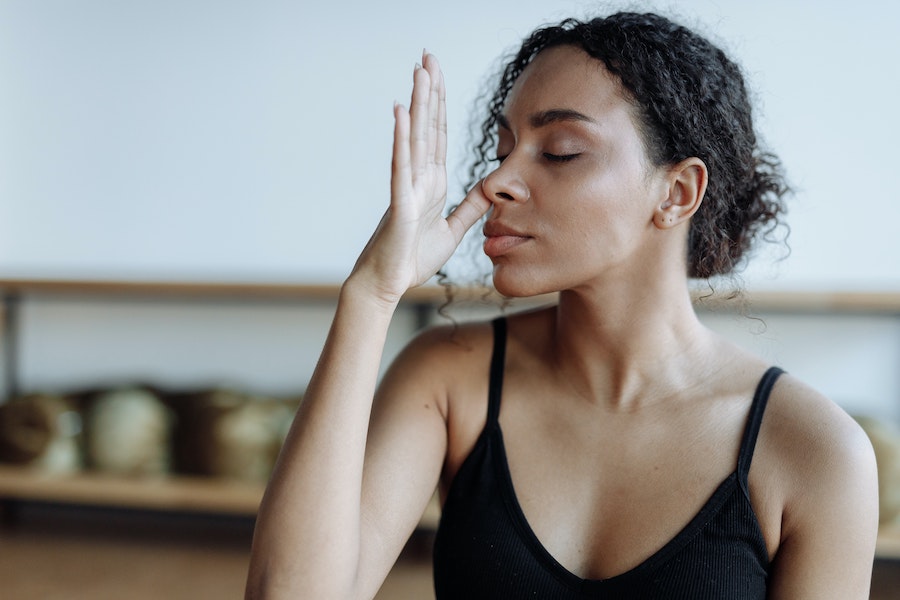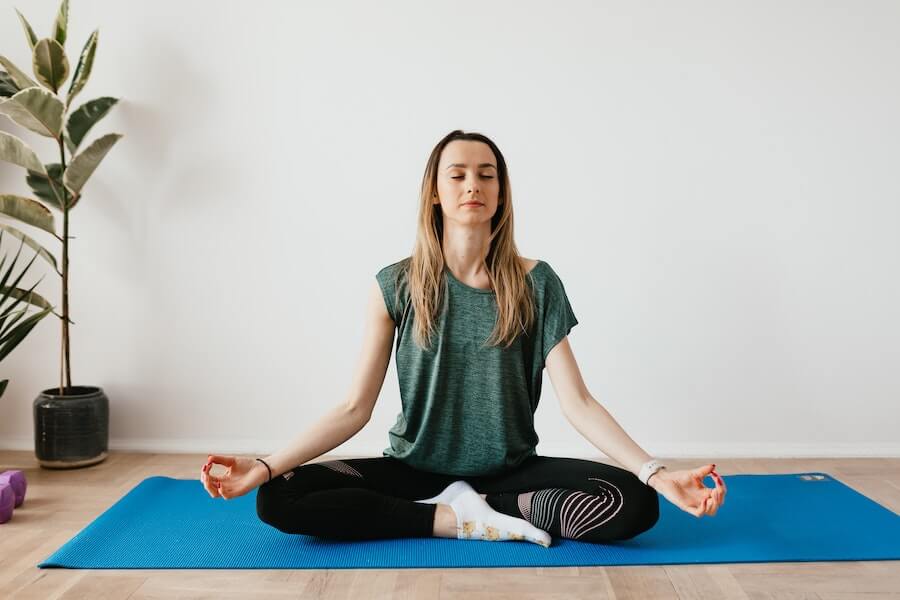Stitches are commonly used in various medical procedures, including surgeries, wound closures, and skin lacerations.
After any surgical procedure, you might be eager to resume everyday activities, including exercise.

Many workout buffs don’t want to wait two or three weeks without exercising while waiting to get their stitches out.
Here’s what you should know before returning to the gym after a few stitches. Learn how getting stitches might influence your capacity to exercise, stretch, or engage in other physical activities.
Is it safe to exercise with stitches?
In many cases, doctors recommend avoiding strenuous activities or heavy lifting. This includes exercises that strain the area where the stitches are located. Specific movements or excessive physical exertion could disrupt the healing process.
It could cause the stitches to come undone or lead to complications such as infection or wound reopening.
If you have stitches, consult a healthcare professional before engaging in exercise or physical activity. The advice may vary depending on the location, type, and purpose of the stitches.
Once your doctor gives you the green light to exercise, begin with low-impact activities. Don’t put excessive strain on the area.
Walking, gentle stretching, or light aerobic exercises can be good options before gradually reintroducing physical activity.
You should adhere to your doctor’s post-operative care advice. This promotes suture healing and reduces scarring and the risk of complications.
Knowing your limitations as the wounded region heals is beneficial in addition to primary wound care.
Generally, the kinds of physical activities you can undertake depend on where you have stitches.
Stitches on head
Avoid activities with the risk of a head injury to give your head stitches the best chance of healing. This could be contact sports like football or hockey.
Also, avoid swimming until the incision has healed and the stitches have been removed.
Stitches on the back
When you have stitches on your back, choose exercises that won’t put excessive strain or pressure on the stitched area.
Focus on stretching the unaffected areas of your body, such as your neck, shoulders, arms, and legs. Avoid stretching that directly involves the back or strains the stitched area.
Consider deep breathing exercises. These can help improve lung capacity, reduce stress, and promote relaxation.

Stitches on face
You can focus on exercises that primarily involve your lower body. Activities like leg lifts, squats, or stationary cycling can help maintain lower body strength.
On the upside, they won’t directly affect your facial stitches. Gentle stretching exercises can also help improve flexibility and maintain muscle tone.
Focus on stretches that don’t involve excessive movement of your facial muscles. These include neck stretches, shoulder rolls, and gentle arm stretches.
Avoid activities that strain the face or put pressure on the healing area.
Stitches on foot
Try as much as possible to keep your weight off the injured foot. This means avoiding excessive standing, walking, or activities with weight-bearing.
Avoid walking on the foot, mainly if the sutures are on the bottom or between your toes. By doing this, the wound won’t reopen.
Elevating your foot to minimize swelling is important at the initial stage of your healing process.
Once you’ve received clearance from your doctor to exercise, you can engage in low-impact activities and upper-body strength training exercises.
How long before I can exercise with stitches?
After receiving stitches, it is often advised to prioritize rest. Stitches are usually removed within 1 to 2 weeks.
This is typically how long the healing process takes, but it depends on the type and location of the wound. During this time, avoiding activities that strain the area is essential.
This refers to heavy lifting, vigorous exercise, or movements that may stretch or pull on the wound. Light activities like walking are usually fine and shouldn’t interfere with the healing of your injury.
However, heavy lifting should be avoided. Additionally, try not to raise your heart rate for the first week or more following surgery.
Can you do light stretches or yoga with stitches?
Yoga is a terrific way to improve your health. However, it is usually advisable to avoid it while on stitches. Even minor stretching could put too much pressure on the incision.
In some cases, light stretches are permissible. This depends on where the wound is located and the level of stress you place on the area.
Ensure you’re performing the stretches in a gentle and controlled manner. You can also modify the stretches or yoga poses to minimize the pressure on the stitched area.

Things to consider before exercising with stitches
The healing process
The healing process of each stitch depends on the area of the body. It can vary depending on the type and extent of the injury.
Individual healing factors also come into play. For instance, stitches on the face typically heal relatively quickly compared to other body areas.
However, allowing sufficient time for the wound to heal is important. Patients should refrain from applying undue pressure to the area to promote good wound healing.
Pressure could separate the stitches and result in infection. Avoid engaging in strenuous exercise or activities that could strain the area.
Impact and strain
Specific exercises, especially high-impact or vigorous movements, may increase the wound’s risk of reopening. It may also cause damage to the stitches.
Activities like running, jumping, or contact sports can strain the area excessively. It is advisable to avoid them until the stitches are removed and the wound has fully healed.
Risk of Infection
Engaging in physical activities, particularly in unsterile or clean environments, may increase the risk of infection. Sweat, dirt, or excessive moisture can introduce bacteria to the wounded area.
It is crucial to keep the area clean and follow any specific instructions your healthcare professional provides. This is how you can minimize the risk of infection.
Covering your wound is also advised, even if it is hidden by clothing. Perspiration and abrasion from your clothing can irritate and inflame it.
Keeping the wound clean and dry during the healing process is essential. Follow your doctor’s instructions on wound care, such as properly cleaning and dressing the area.
They may provide specific instructions on when and how to protect the wound during exercise.
Listen to your body
Pay close attention to any discomfort, pain, or pulling sensations in the wound area. Take necessary precautions to avoid further injury or complications.
If you experience these symptoms, stop exercising and seek medical attention.
Maintain good hygiene
After exercising, clean the stitched area gently according to your doctor’s instructions. Keeping the area clean and dry can help prevent infection.
Conclusion
This is a general guideline; pay more attention to your healthcare provider’s specific instructions. Consult them and adhere to the care and activity limitations for protecting your stitches.
They will consider your unique circumstances and provide the most appropriate advice. You’ll also get instructions on how to care for your stitches while exercising or participating in physical activities.

I was working as a mountain guide, probably all around the planet. One day, I met my wife in the mountains, literally on top of the world. Now, I have a beautiful family and three kids, so I don’t have much time for climbing, but sometimes I go camping with my friends. I am also into gym workouts, and I can’t imagine my life without sports.
Since I ended my professional career as a climbing guide, I’ve been giving personal classes and helping amateurs to get ready for conquering their first peaks. Also, that’s how the whole blog idea appeared.





